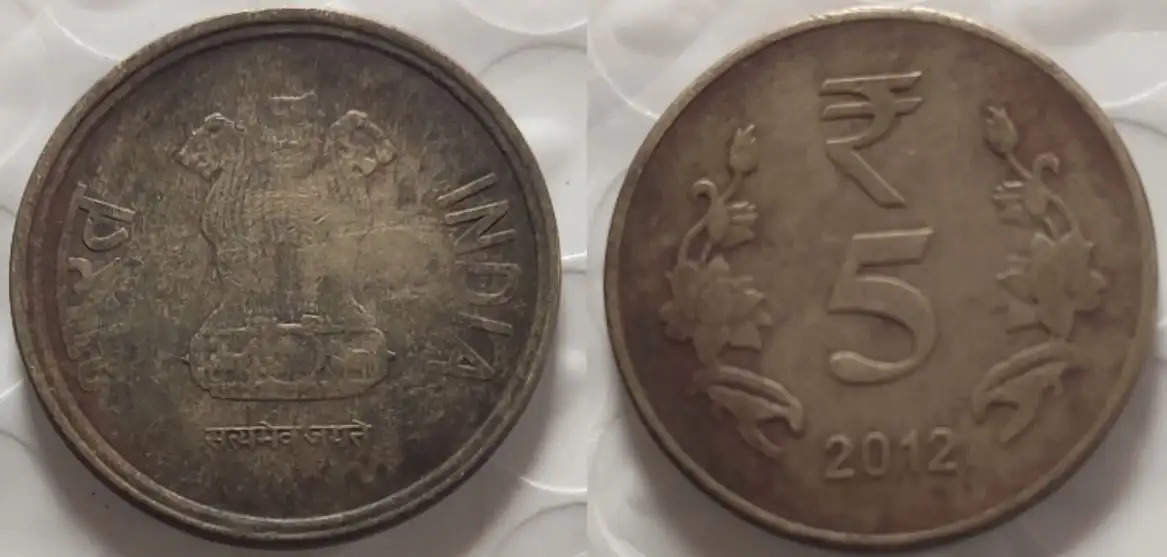RBI discontinued the 5 rupee coin, know why this big decision was taken
RBI - Currency notes and coins have been in circulation in India for a long time. Currently, 5, 10 and 20 rupee coins are in circulation along with 100, 200, and 500 rupee notes. Recently, a fresh update has come regarding the thick coin of Rs 5... which is very important for you to know

( RBI) The decision to print new notes and coins in the country is taken by the Government of India, while the authority to carry out this task lies with the Reserve Bank of India. In this process, the RBI gives a proposal to the Central Government to print notes and coins.
After this, the Central Government discusses with the senior officials and economists of RBI. Ultimately, after taking the decision, RBI is given the authority to print notes and coins. This process is also applicable at the time of discontinuation of notes and coins.
Till now, it has been seen many times in the country, when coins and notes were banned. In the year 2016, 500 and 1000 notes were taken out of circulation. Last year, 2000 notes were also banned by the Reserve Bank of India. Similarly, the bank has taken a big decision regarding the 5 rupee coin.
5 rupee coins discontinued
Currency notes and coins in India have been in circulation for a long time. Currently, 5, 10, and 20 rupee coins are in circulation along with 100, 200, and 500 rupee notes.
Recently, the thick 5 rupee coins are disappearing from the market, while they have been replaced by thin golden coins. These thick coins were more commonly in use.
Due to this change, people are facing difficulties in using coins, affecting daily transactions. The demand for these coins is also increasing in public transport and other services. (5 ruppe coin)
Metal value is more than surface value-
All the coins that are made have two types of values, one of which is called surface value and the other is called metal value. The 5 Rupees printed on the coin is its surface value and the value obtained after melting the metal from which it is made is called metal value.
The metal value of the old 5 Rupee coin was more than the surface value, which people started misusing. This was the reason that RBI decided to discontinue the old 5 Rupee coin and new coins were introduced in the market.
Blades were being made-
The metal used to make the old 5 rupee coin is the same metal used to make shaving blades. When people came to know about this, they started melting coins to make blades.
These coins were sent illegally to Bangladesh. Where 6 blades were made from one coin. One blade was sold for 2 rupees. According to this, 12 rupees were being earned from a 5 rupee coin. (RBI New Guidelines)
RBI took the decision-
The government started an investigation after receiving information about the illegal use of 5 rupee coins in India. Seeing the seriousness of the matter, the Reserve Bank of India decided to change the old coins.
After investigation, the metal of the old 5 rupee coins was changed and the thickness of the coins was also reduced. This step was taken to stop illegal activities. Along with this, the purpose of issuing new coins was also to ensure that the general public has a safe and valid currency.
